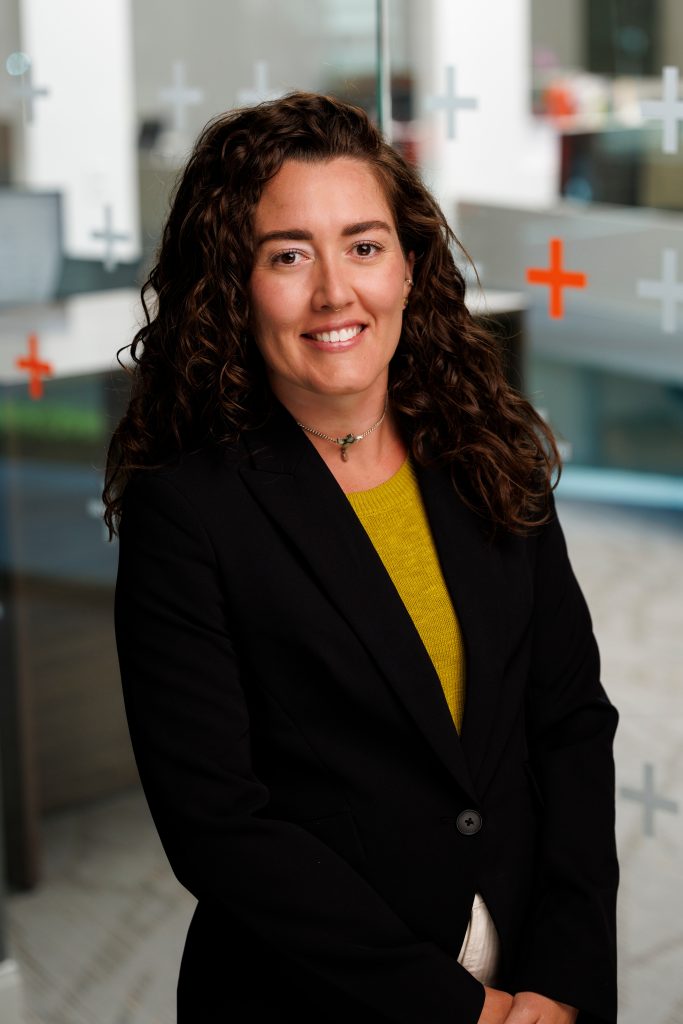Generative Design
genAI is gaining ground
Within the AEC industry, AI’s possible impact will lower design time substantially. The scope of design can increase considerably, and innovation and ideation will be at your fingertips easier than ever. The positive impact on current AEC processes can significantly improve due to AI automation that utilizes data-driven design. This results in safer projects, more informed decisions, and less rotework.

what is generative design?
Generative design in architecture refers to a design approach that involves using computer algorithms and computational methods to generate and explore a wide range of design solutions for architectural projects. This process relies on input parameters and design goals provided by architects or designers to iteratively create and evaluate multiple design options.
Generative design tools typically require designers to define the design objectives, constraints, and parameters first. The algorithm then generates a range of design possibilities that adhere to these parameters. Designers can then evaluate and select the most promising options for further refinement and development.
key characteristics of generative design in architecture include
1. Algorithmic Creativity : Generative design uses algorithms and rules to generate a multitude of design variations. These algorithms can be based on mathematical formulas, evolutionary processes, or other comp
2. Exploration of Design Space : By inputting different parameters and constraints, generative design tools can explore a vast design space that human designers might not be able to examine manually in a reasonable amount of time
3. Iterative Process : Designers can refine the generated solutions through an iterative process, providing feedback to the algorithm and influencing the subsequent iterations.
4. Optimization : Generative design often incorporates optimization criteria, such as structural integrity, energy efficiency, cost-effectiveness, and other performance metrics, to help find designs that meet specific functional and performance requirements.
5. Innovative Solutions : The process often leads to innovative and unconventional design solutions that might not have been conceived through traditional design methods.
6. Efficiency and Time Savings : Generative design can help architects rapidly generate a variety of options, saving time in the initial design phases
7. Human-AI Collaboration : While generative design is powered by algorithms, it is not meant to replace human designers. Instead, it serves as a tool for collaboration, enabling designers to leverage computational power to enhance their creative process.
8. Adaptation to Context : Generative design can take into account site-specific conditions, user requirements, and other contextual factors, resulting in designs that are better suited to their environment.
on the horizon
We dug into several tools that explore different ways to use Generative design. We’re still early to the AI in architecture revolution, but it is promising a better future for AEC. The tools we explored are still in beta versions and under development, leading to our conclusion that software developers are still working out the kinks. Most need more development and are approaching the finish line, but until then we’re keeping our eyes peeled and testing as they are released.
AI of choice: Autodesk Forma
Formerly Spacemaker, Autodesk Forma helps planning and design teams deliver
projects digitally from day one. The innovative software uses conceptual design capabilities, predictive analytics, and automations to make solid foundations for your projects.
•Unlock efficiencies with intuitive project setup, design automations, and fluid connectivity with Revit
•Use data-driven insights in real-time to make fast, smart design decisions that reduce risk and improve business and sustainability outcomes
•Improve collaboration and secure buy-in by using data and visuals to tell a compelling design story that can help you win more bids

This article had contributions from Studio+ Directory of Technology, Molly Dyal.
Dyal is a beta tester for new tools under the Autodesk umbrella, and will be attending the Autodesk University this fall. Stay tuned as we further explore these exciting new tools and move towards a safer, more innovative future.